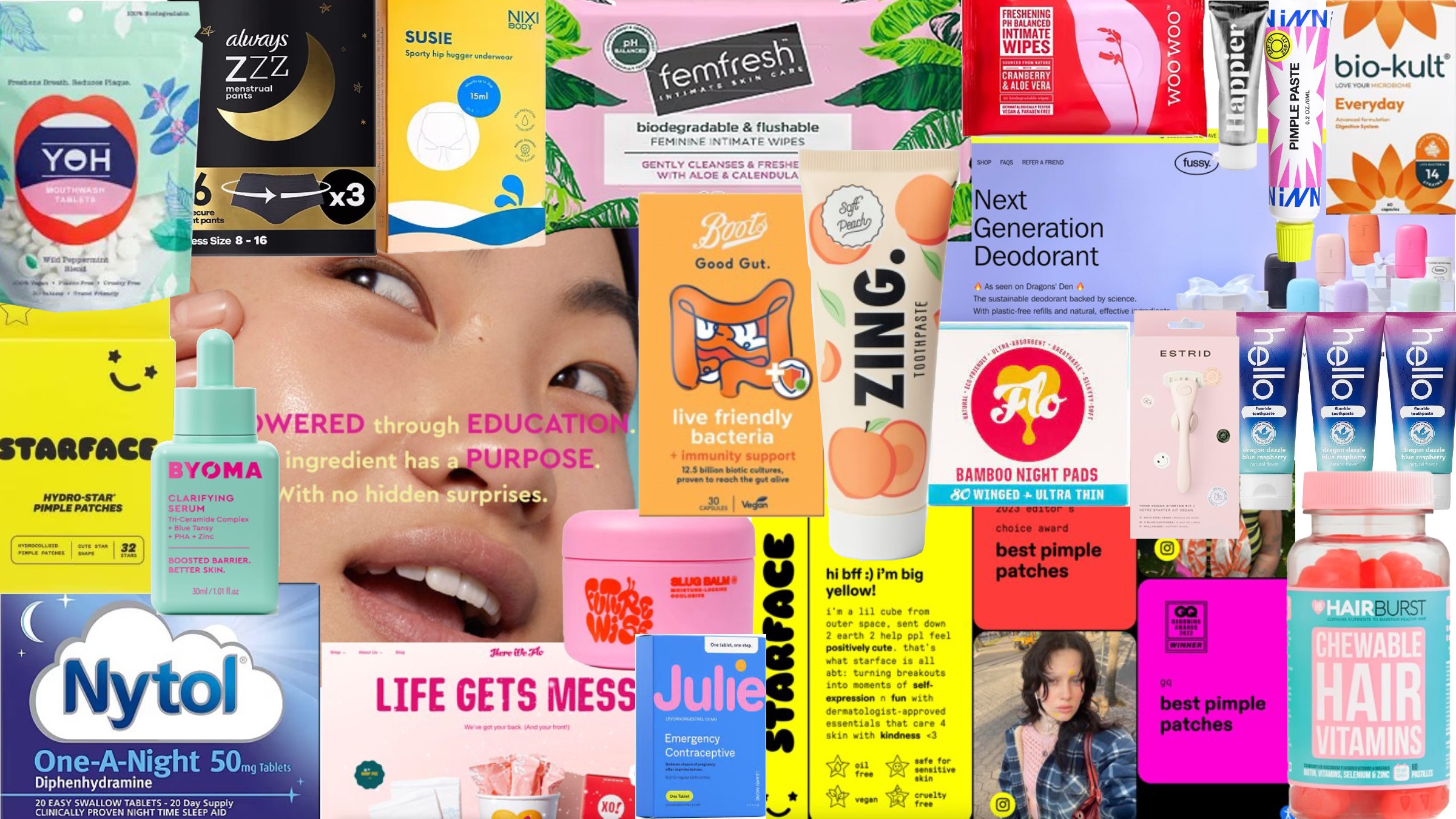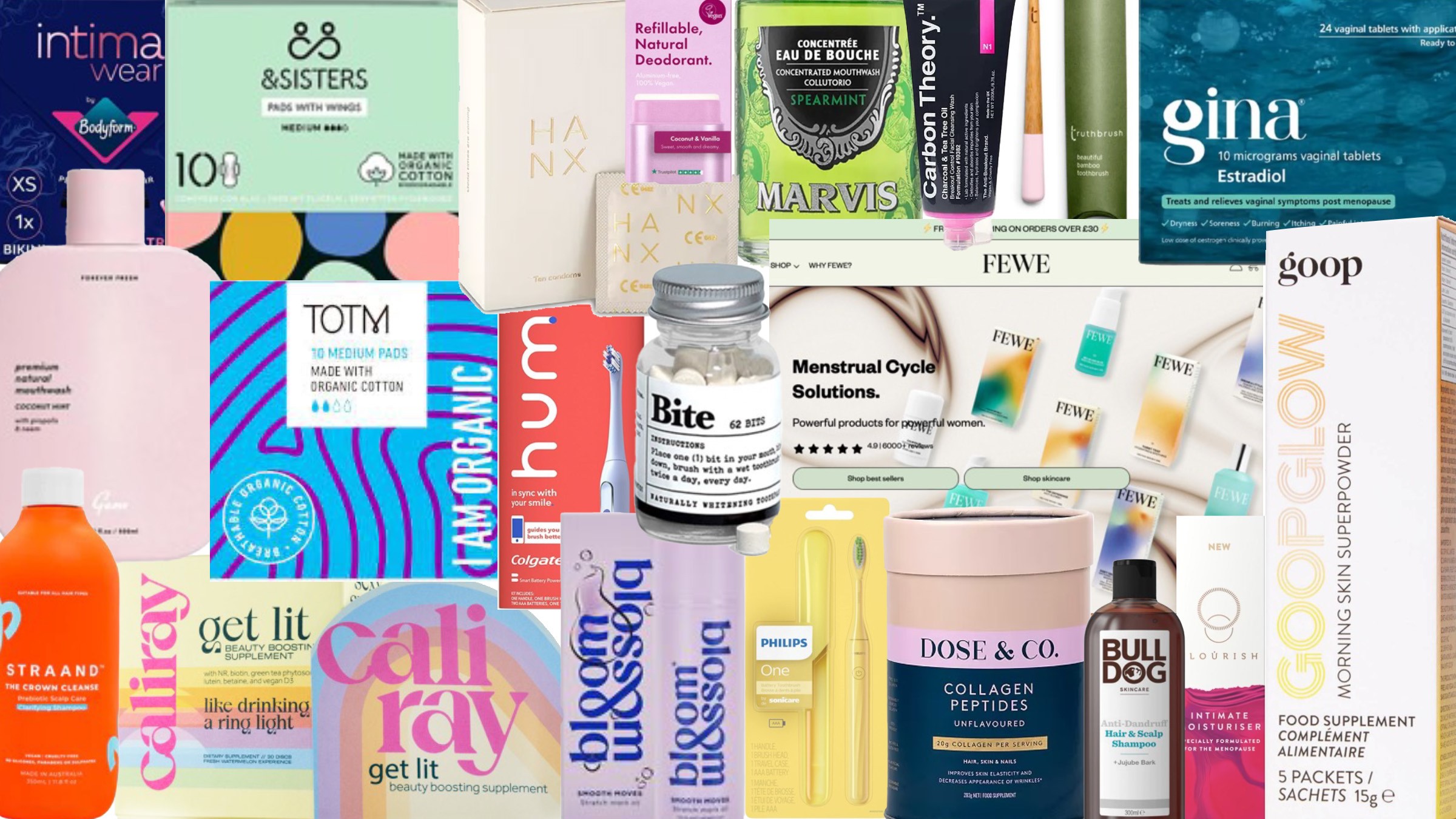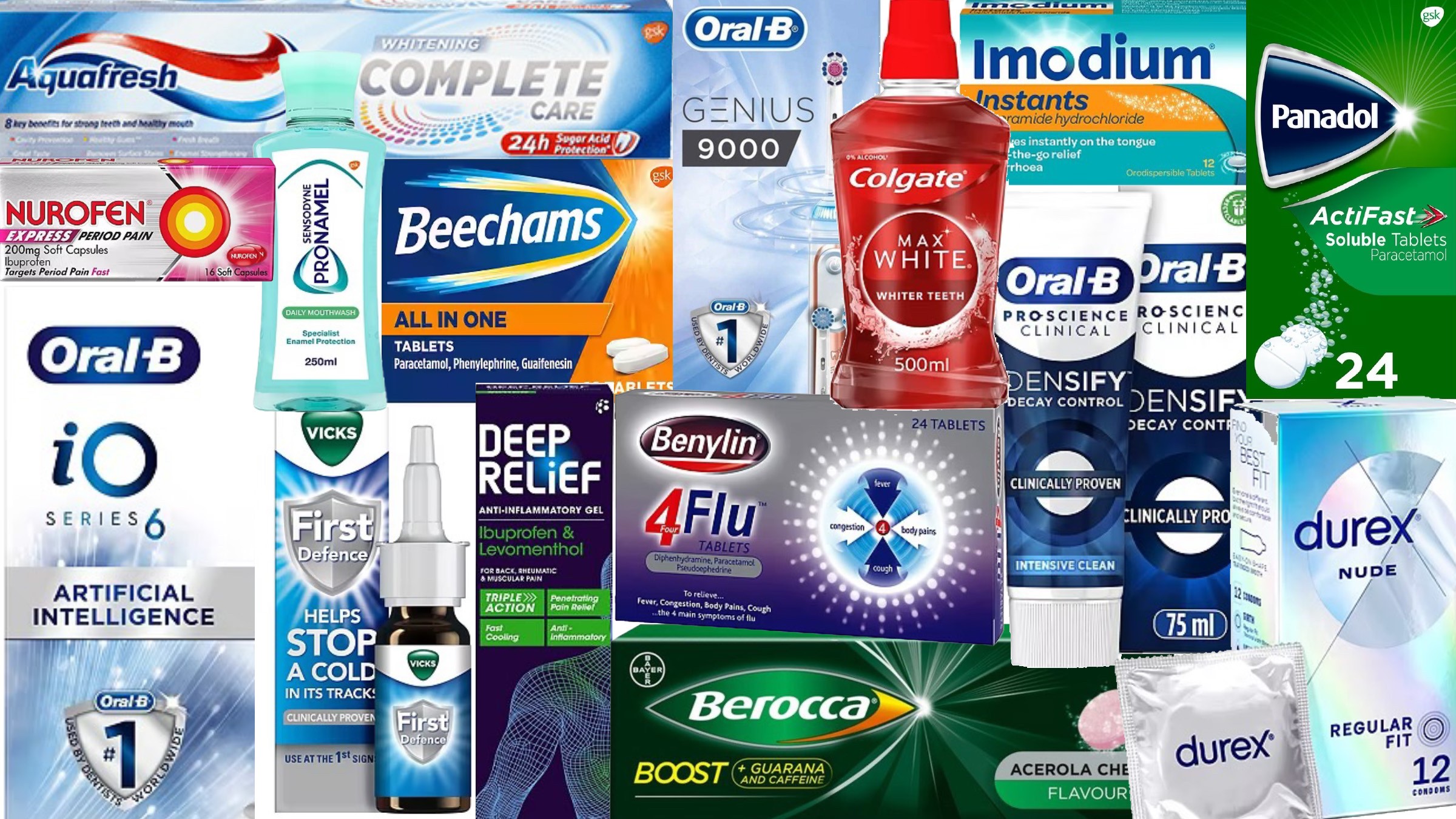Why now’s the time to break convention in consumer healthcare

Conran Design Group strategy director Tim Parker looks at emerging brand strategies in consumer health – and finds out how brands like Starface and Zing are finding new ways to stand out and engage.
Picture a brand in the consumer health space.
Toothpaste. Painkillers. Even acne cream.
Chances are we’re all seeing something similar. Branding in consumer health often feels like it’s on autopilot. We all nod along to familiar narratives and the same visual tropes.
These brands exist within a space we call ‘Medical Authority’: unemotional, somewhat masculine and of course deeply trustworthy. The brand is the saviour – a rational expert that knows best. It’s about arrows and targets, static layouts, sober colours and technical claims. Lots of them.
But such a relatively conventional category is at an inflexion point – and for many reasons. First, start at the macro level. Three cultural shifts are shaping the nature of consumer health.
- Health is becoming (even) more important: people are willing and able to spend more on their health than ever before.
- Health is becoming more holistic and positive: the old narrative of fixing to survive has been replaced by one of enhancing to thrive.
- Health is becoming more individualistic and personal: consumers are in the driving seat and expect healthcare brands to put them at the centre.
Second, the category itself is being shaken up – partly in response to these macro shifts, but also as a result of new entrants from outside the category, who bring with them their own visual codes and narratives.
And third, there’s a growing focus on conveying naturalness and sustainability: naturalness is now seen as a benefit not a compromise, and for brands that profess to take care of their users, sustainability feels intuitive.
These shifts make consumer health an active and particularly interesting space to be working in. They’re transforming consumer needs and expectations and opening up possibilities for how brands show up and tell their story.
Looking across diverse categories, from OTC to oral health, skin health to period care, brands are leveraging three main strategies. Some timidly, some more boldly.
The first we call 'Open Humanity'
This is all about heart. Where consumer health has typically been cold, detached and clinical, these brands are warm, human and personal. They major on harmony, empathy and empowerment. Most disruptive of all, they create a space that allows for joy and play. Their efficacy promise is a simple one: ‘Trust us, we’ll make you feel better’.
Leading examples include acne brand Starface with its playful neon yellow packaging and bubbly typography, or Zing toothpaste with its quietly joyful nostalgic look. But we can also see glimmers of it in Femfresh wipes’ tropical illustrations, bringing warmth and a smile to their pack.

The second is ‘Refined Aesthetic'
Where consumer health brands typically relegate the look and feel to the functional task of supporting information communication, these brands make it their raison d’être. They draw inspiration from the worlds of art, beauty and home décor. Calm, precise and in control, they exude taste and refinement: these are products to display proudly on a shelf, not hide away in the medicine cabinet. After all, good health is a thing of beauty.
Brands that sit within this territory include La Roche-Posay, clean makeup brand Caliray and health brands returning the compliment and taking inspiration from the beauty space (e.g. Fewe, a period wellness brand that wouldn’t look out of place on the duty-free perfume counter).
And what of the traditional space of ‘Medical Authority’? Well, it still exists and plenty of brands still play to it. But many are also finding ways of evolving it, of reinterpreting this heartland.

We call the third approach ‘Technological Awe’
‘Technological Awe’ reframes science, from the medical to the technological. Brands in this space are sleek, fluid and delicately detailed. They draw inspiration from the worlds of digital and science fiction. It’s about advanced engineering, crafted with near atomic precision. It speaks to intelligent design and ultimate performance. And it feels marvellous and awe-inspiring.
The poster children for this movement are brands like Oral-B (whose toothbrushes look almost spaceship-like). But subtler echoes can be found everywhere, from Panadol’s alien-like lozenge to Durex Nude’s ephemeral other-worldly packs.

Consumer health is evolving. For some brands, this is a concern. What was once a dominant position and aesthetic will feel peripheral and old fashioned. Others, we hope, will embrace this new lease of creativity and freedom – and make the most of the opportunities to stand out from peers in more distinctive ways and engage with consumers more compellingly.
Not all need be bold. But all should be brave.













